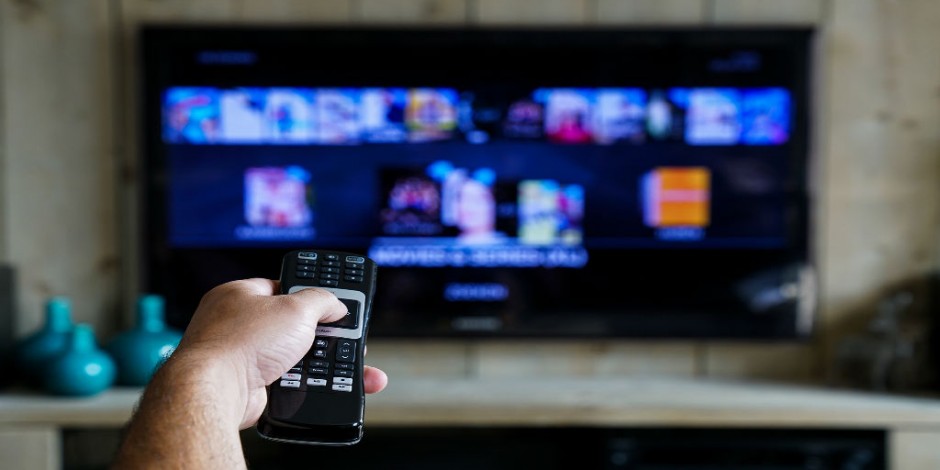Personalization at Scale: What Synthetic Media’s Rise Means for Brands
As your agency no doubt has a website, you know how important it is to populate it with content that attracts and engages potential clients who visit it.
Personalization at Scale: What Synthetic Media’s Rise Means for Brands Read More »






